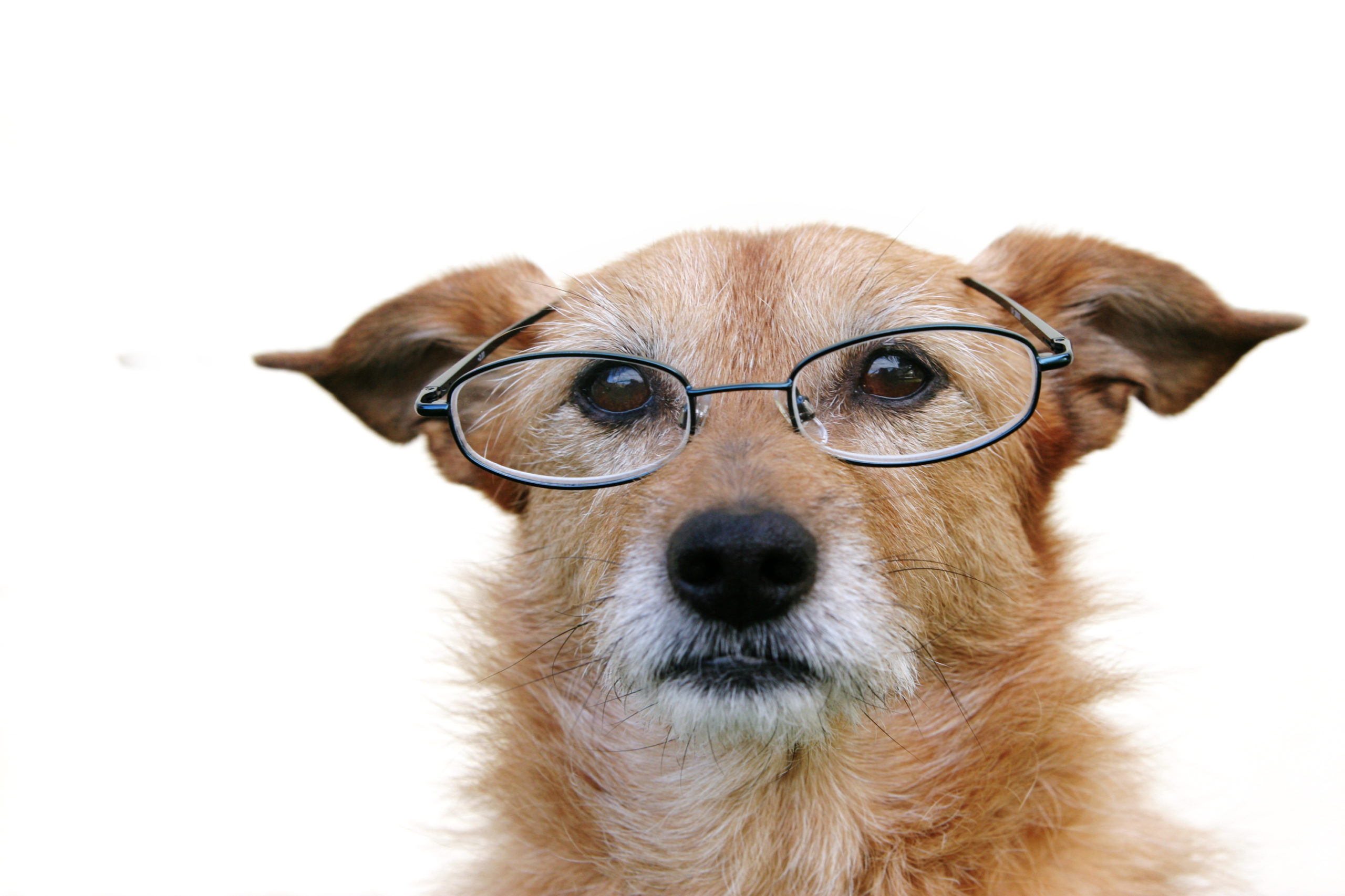
Your house cat or pampered pooch may be many generations from their wild ancestors who hunted for each meal, but they still rely on acute vision to navigate daily life. After all, playing fetch, finding the perfect napping spot, and catching treats require good eye function. But, if your pet is suddenly missing treats, or no longer making eye contact, they may be losing their vision and should see a veterinarian. That’s where our ophthalmology team comes in—our veterinary ophthalmologists specialize in a variety of eye conditions, including those that can cause blindness and can help your pet retain their vision for as long as possible. The following signs may indicate possible vision loss in your pet, and warrant immediate assessment by your family veterinarian or a veterinary ophthalmologist.
Your pet may bump into furniture, walls, or other objects in your home as they try to navigate their environment with diminished vision. If your pet suddenly goes blind, you likely will see an abrupt change, with normal behavior one day, and “clumsiness” the next. Vision loss can also develop gradually, which allows your pet to better acclimate to their impending blindness, and may not be so obvious.
On the other hand, because your pet knows your home layout by heart, they may be able to navigate around furniture according to their mental map. In this instance, you may not notice your pet’s vision problem until you rearrange the furniture, or add a new piece your pet does not expect.
In addition to walking into objects, your pet may hesitate at transitions such as thresholds, no longer go up or down stairs, and refuse to jump on furniture. They may also struggle to judge depth when running, jumping, or playing.
While your blind pet may be familiar with their home territory, they will likely be lost in unfamiliar places. If your previously confident pet won’t leave your side away from home, they may not be able to see well, or at all. Once your pet’s eye problem is suspected or diagnosed, keep them on a leash at all times so they do not become lost.
If your pet practically jumps out of their skin when you touch them, despite their eyes being open, they likely cannot see you approach. Over time, your pet’s other senses may compensate for their decreased vision, so they may hear you coming, and not be startled. To prevent your pet from being scared every time you touch them, talk to them quietly as you approach.
Any change to your pet’s eyes could indicate an issue and should be evaluated. Cloudy eyes can be caused by a number of problems, including cataracts, that can lead to blindness. A cataract is an opacity of your pet’s normally transparent lens. Although light rays can still pass through an opaque lens, a detailed image cannot be produced. Cataracts can affect only part of the lens, partially obstructing your pet’s vision, or may involve the entire lens, causing complete blindness. In some cases, your pet’s cataract can be surgically removed, and a lens implanted, to restore their vision.
Lenticular sclerosis, which also causes cloudy eyes, is a normal aging change in dogs older than 8. The condition causes a pet’s lens to “harden,” but does not cause vision changes. An ophthalmic exam can distinguish between this harmless condition and cataracts.
Glaucoma develops when fluid inside your pet’s eye does not drain properly, accumulates, and raises intraocular pressure. Glaucoma is a common cause of blindness in pets, since pressure against the retina can quickly damage the delicate vision receptors. Glaucoma signs, which include redness, pain, and an enlarged, bulging eye, warrant immediate veterinary attention, since blindness can progress quickly. Glaucoma can be managed with medications, although affected pets often lose their eyesight eventually.

If you think your pet has diminished vision, or is blind, they should be evaluated by your family veterinarian. Some conditions, such as glaucoma, can be managed to preserve your pet’s vision if treatment is initiated quickly. Your family veterinarian will perform several tests to assess your pet’s vision.
If your veterinarian confirms your vision loss suspicion, they may refer your pet to Upstate Vet’s ophthalmology department for specialized eye care. Our ophthalmology team is prepared to treat the most complicated eye issues, including cataracts and glaucoma, to slow blindness progression, or help you manage your pet’s vision loss. Contact us to schedule a consultation for any eye issue your pet develops.